A couple more days and it’s March, in which starts spring. But before we move on, I’ve pulled three lessons from the past winter.
1. Consequences of 28 degrees
The coldest night of this 2021-2022 winter in Southern California just passed, on February 23-24. My yard’s weather station dropped to 28.2 degrees. What were the consequences? The lower part of my yard was covered in frost, including the encelia californica flowers above. Most of my vegetables were also covered in ice crystals.
Most of these vegetables weren’t damaged, however. The lettuce, brassicas, peas, carrots, onions, garlic, parsely, cilantro, beets, parsnips, and spinach in my garden did not care.
Potatoes couldn’t handle it though. Potato foliage turned to brown mush, which is why it’s best in colder locations like mine to plant potatoes in February but not have them up and growing earlier in winter.
No damage was done to citrus by a drop to 28 degrees, except that succulent new growth on one lemon rootstock was partially melted.
Some avocados had leaf mottling and burning of some new leaves and some emerging flowers, but fruit was all unharmed.
I share this lesson despite knowing that most of you did not experience temperatures so low in your garden because you might like to know what will happen if you ever do — and what won’t happen so you’re not unnecessarily frightened if you ever see a forecast for 28 degrees at your place.
2. Hass did not get enough water
It is in winter that you judge your previous summer’s watering of avocado trees. As I look at my avocado trees, the watering was sufficient on most (as judged by the amount of brown on leaves), but it is downright painful to look at this Hass tree.
Throughout summer it looked fine and I thought I had been watering it enough. Clearly, I was wrong.
The challenge with this particular tree is that it is triangulated by a large live oak tree, a large Valencia orange tree, and a large grapevine. All three of these large plants have expansive, strong root systems that have invaded the territory of the Hass and steal some of the water I apply under it. I know this because I have dug around and found the roots of these plants under the Hass. It has been happening for years.
Further, I noticed this last summer how much the grapevine by the Hass grew compared to other grapevines in the yard. Here is a photo showing the grapevines in July. The farthest vine is the one next to the Hass tree. Note its mass of growth.
The oak near the Hass likewise looks healthier than other oaks in the yard and produced an abundance of acorns.
To pour salt in the wound of this Hass tree, my chickens’ favorite place to hang out is under the its canopy where they continually scratch and damage the avocado’s shallow roots. (Oaks, oranges, and grapes all root more deeply by comparison.)
What do I do now? I already cut down the grapevine. I pruned the oak a bit, but that’s all I will do to that tree; I prize this big oak more than the Hass tree, frankly. I plan to water the orange tree more. And this coming spring-summer-fall I will water the Hass with more volume and over a broader area. Lastly, I’m going to add some netting under the Hass tree so that the chickens can’t scratch and damage its roots as much.
Can’t wait to see how effective these remedies are. Look forward to seeing how the Hass looks next February compared to now.
3. Early chill matters most
We know that certain deciduous fruit trees that we grow in Southern California don’t flower and fruit well if our winter weather is too warm. (They need “chill hours.”) So we might expect poor performances from these trees this year since January through mid-February saw daytime temps mostly in the 70s and nighttime temps mild too, not feeling like a chilly winter.
January through mid-February, too, had only 0.15 inches of rain at my place. I’m sure yours was similarly dry. It was a stretch of very comfortable gardening weather, not the kind of weather that you’d think would encourage trees to go dormant.
Nevertheless, here in late February trees are beginning to bloom well – not phenomenally well, but well.
Why? Recall October, November, and December. We came down from summer fast. Our first rain was at the very beginning of October, on October 4. And from there we never had a fall heat wave. Even though November was dry, it wasn’t too warm, and then December was full of storms (and frost in my yard). December ended with 6.5 inches of rain, well above average.
So this year’s weather pattern seems to confirm the idea that cool weather in late fall and early winter is what deciduous fruit trees need in order to flower and fruit well more than continual cold weather through the middle and end of winter. In other words, how we enter winter seems to determine more in this regard compared to how we exit winter.
(For comparison, see my observations of trees after a winter that started dry and warm in “Effects of a warm and wacky winter on deciduous fruit trees.”)
(Also see observations of trees during a consistently cool winter in “Messages from your deciduous fruit trees after the chilly winter.”)
There’s always more to learn out there. I love keeping my eyes open and following along with what nature has to teach us.
All of my Yard Posts are listed HERE

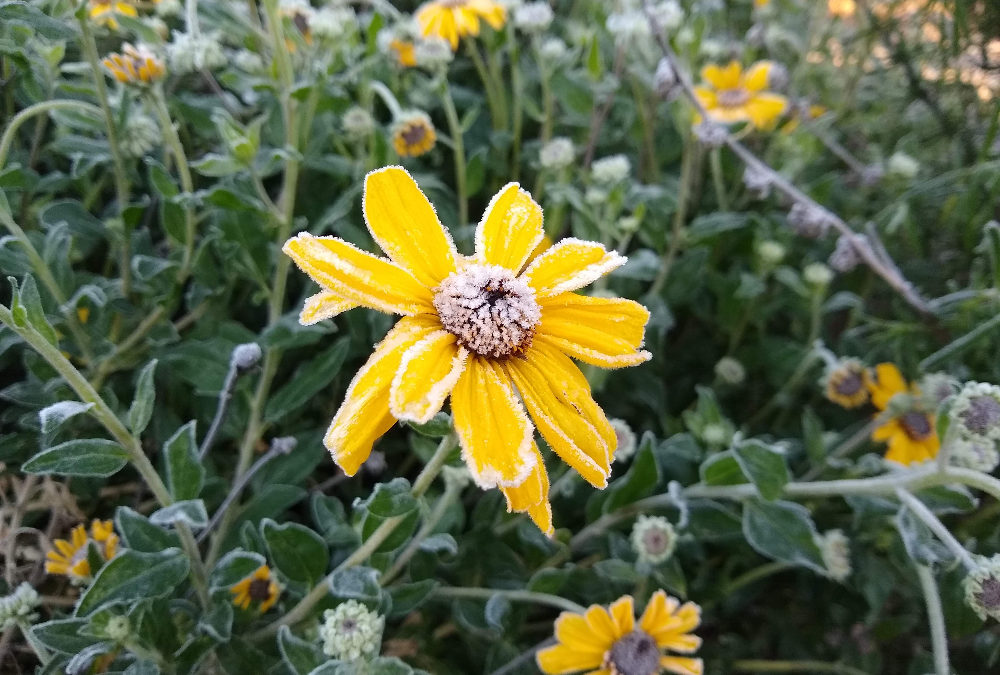
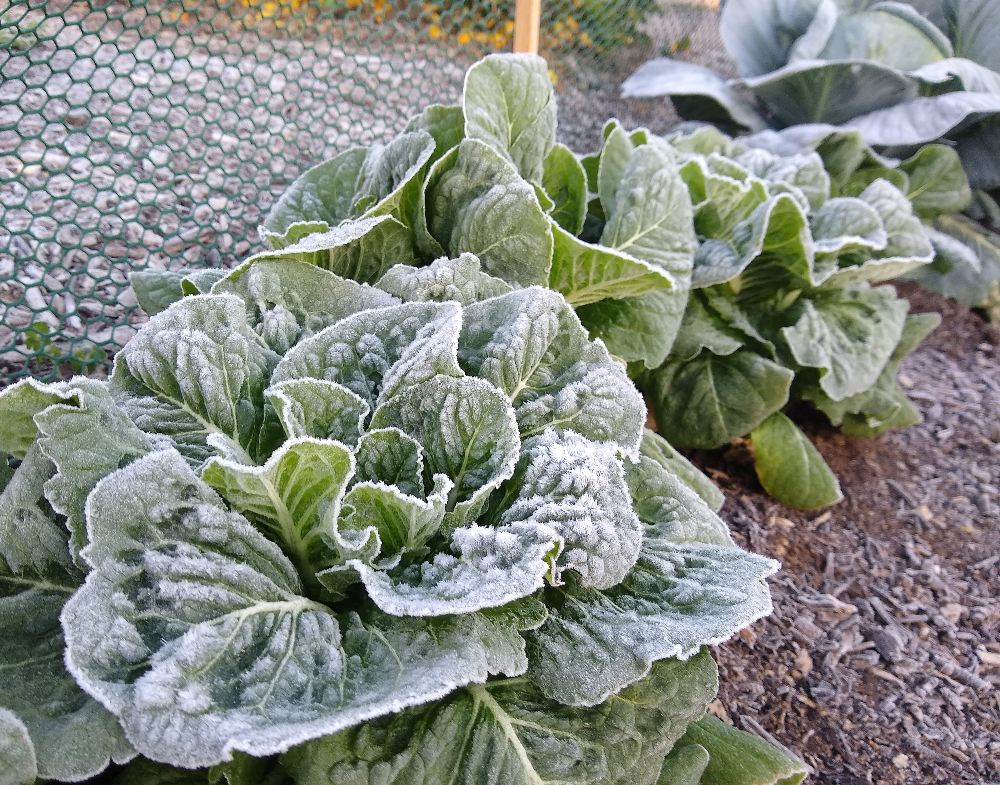
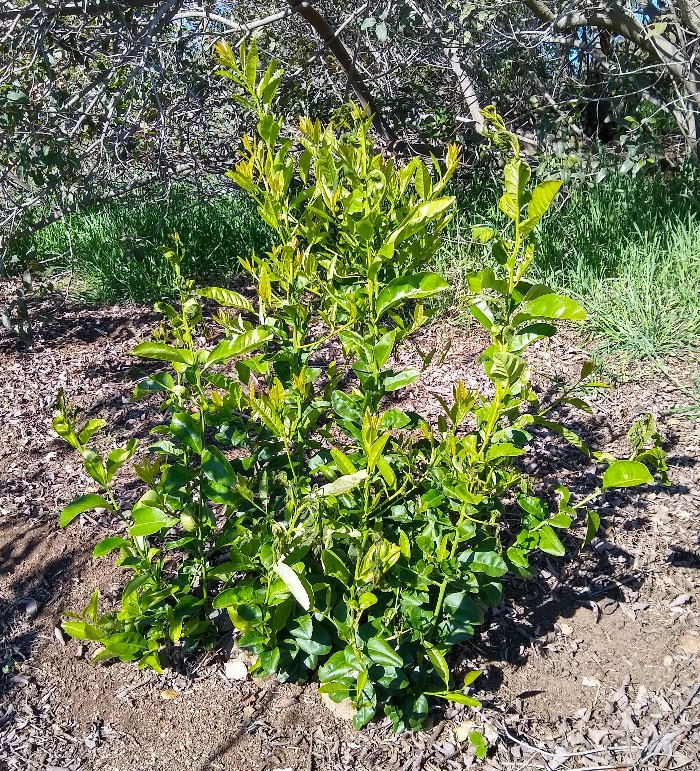
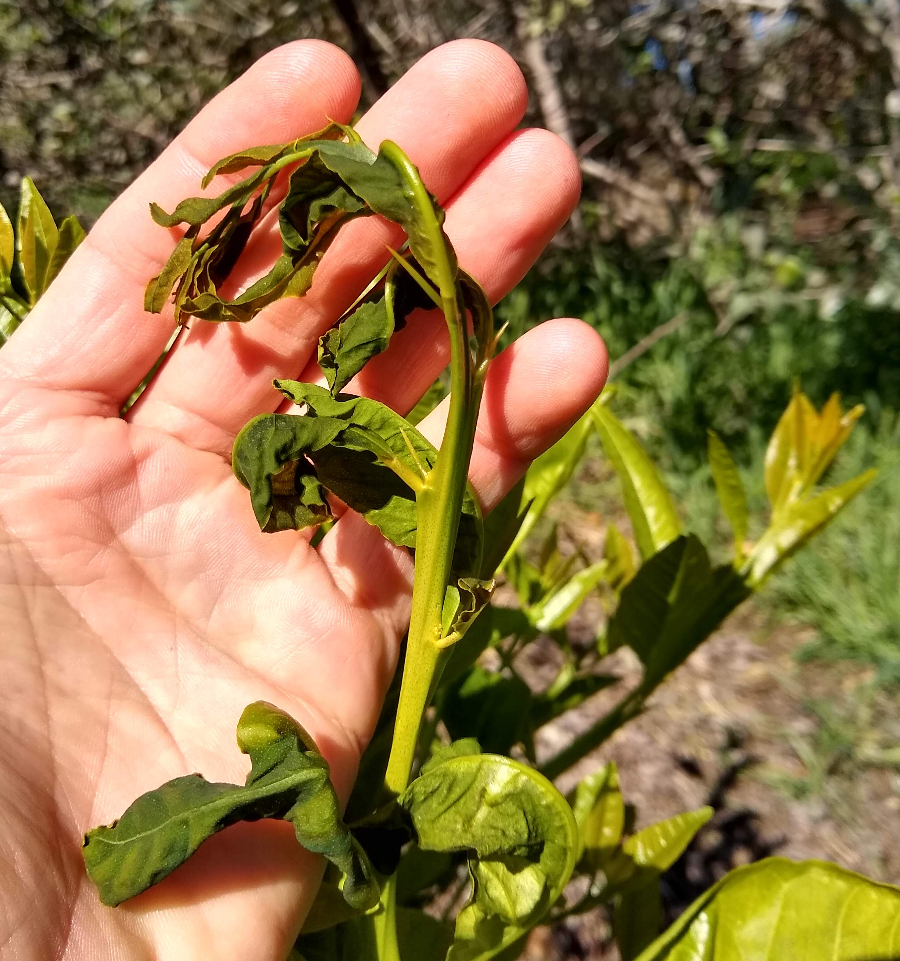
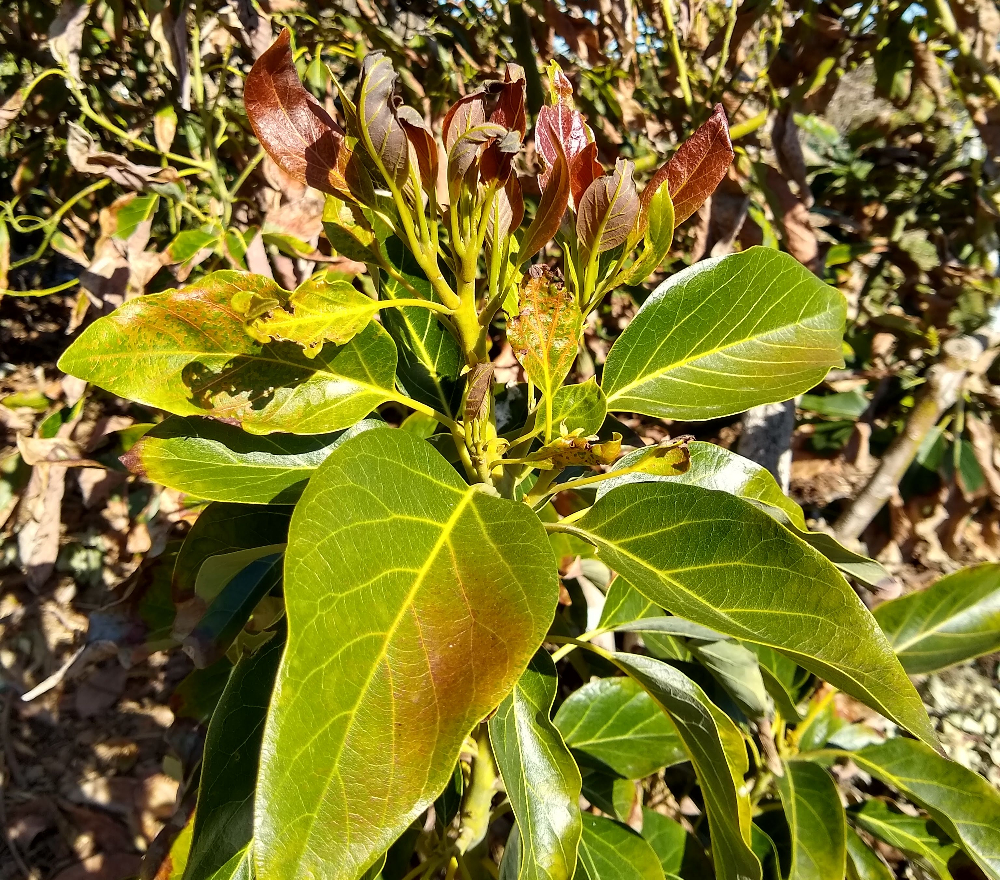
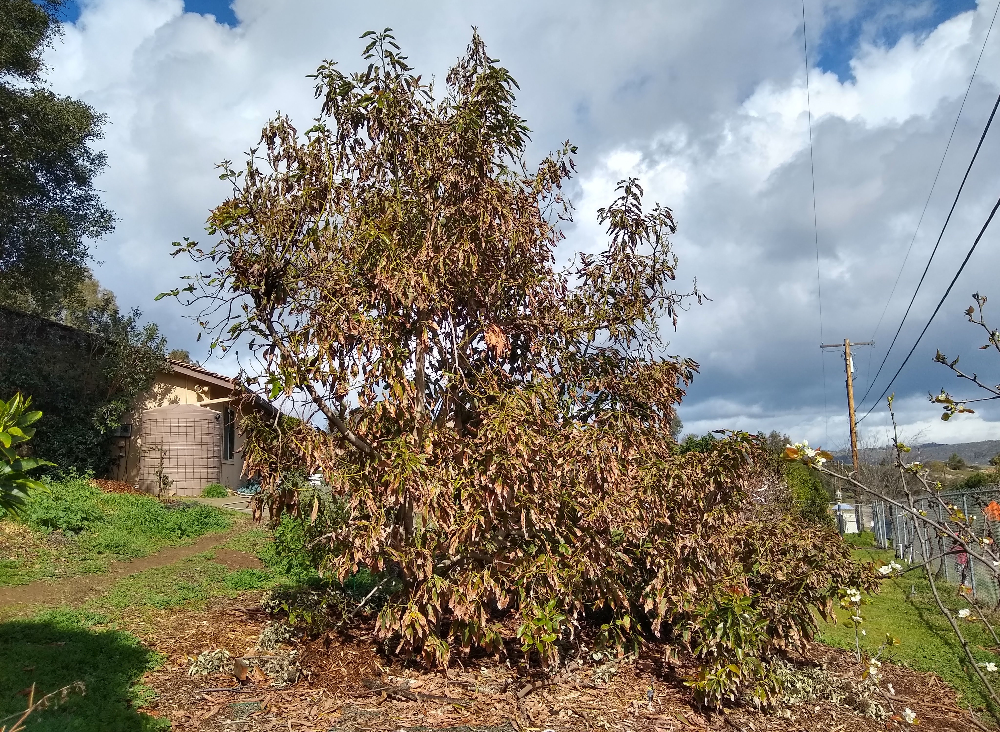
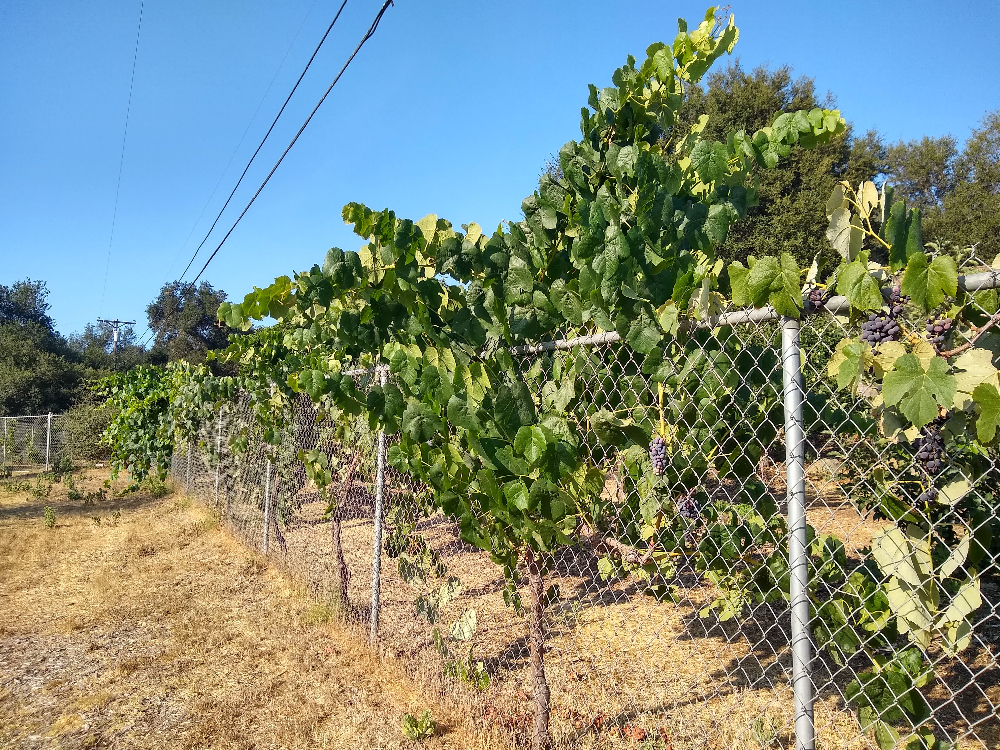
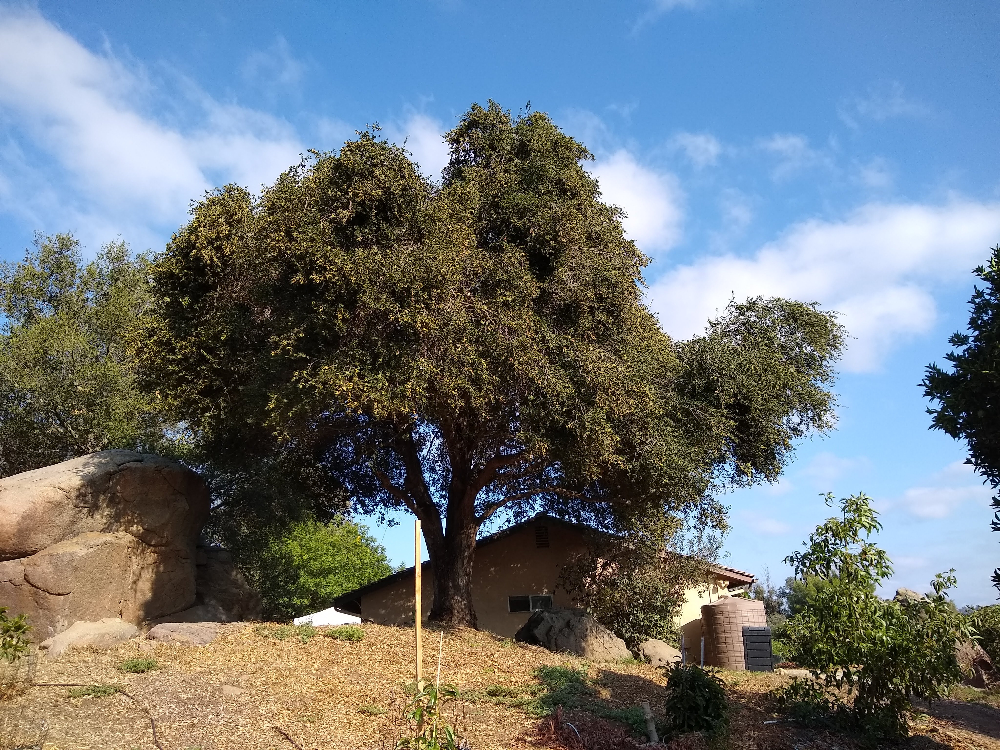



Hello Greg. Love your Yard Post! Wonder if you can help me with a question that I have? I planted a reed avocado eight weeks ago and it looks good so far. Was a 5 gallon start and it has flower buds right now. But it has a few branches that are near the base of the tree and I’d like to trim them to encourage upper growth and that’ll assist with the sprinkler interference, as well. What is your opinion? And if I do prune the tree when do you suggest I do it?
Hi Terry,
Thanks. Check out this post: https://gregalder.com/yardposts/training-young-avocado-trees/
If any of your questions aren’t answered there, then please ask in the comments. I wrote that post for specifically your type of situation.
I know from experience that a Hass almost killed by lack of watering (irrigation system accidentally turned off) two years ago can come back. Talking entire limbs dead. The root system stayed alive. This was a larger tree with an extensive root system. Oddly, it sent up root suckers in response to running out of water. This year it’s covered in flower buds.
Hi Randy,
Thanks for the shot of optimism that your experience brings.
You are lucky. I live about three miles from you and had thick frost everywhere. Lowest temperature I registered was 20 deg. I have been wrapping my baby gem, hass, reed, and zutano every night with plastic and a tarp on top. I put a light in my gem and Hass since they had new growth. New growth on citrus died even though it was covered (one with plastic one with thick painter tarp). Strawberry guava froze completely, dragon fruit froze completely. Avocados are fine, but I think I’ll cut cut them down to the rootstock and graft mexicola and others that can handle 20s and below. My stone fruit is doing great though.
Wow, Peter! That is harsh. Makes me feel silly for whining when I see neighbors higher on the hills near me with zero frost. I’m guessing that you’re in a low, flat area?
Speaking of Mexicola, I do have it in my yard as a single graft on a Fuerte tree and it shows itself as clearly tougher than the Fuerte and other nearby varieties. Puebla has also demonstrated cold tolerance in my yard.
Yeah, I live in a exposed flat spot in the acres. I really makes me appreciate microclimates now knowing that a being in a valley or on hilly terrain or even the angle your property slopes changes the climate so much.
Great post, Greg.
I was curious about how stone fruits have been responding in other peoples microclimates this season vs. last. In our yard the plums and pluots began blooming about 3 weeks to a month earlier this season than last. My hass tree that looked really good going into winter this year looks super bad now haha. It’s all good though. Food growing is a fun addictive hobby. Thanks for all the info you put out there it is a lot of fun to read.
The early varieties bloomed really early this year. I’ve already fruit thinned on the Florida prince peach. I’m near sdsu
How do you water your Haas tree? My Haas tree looks like yours. I thought it was getting enough water. It is on sprinkler system that came on every other day. (Although past few months it has been twice a week due to watering restrictions). I am in Simi Valley. I’m thinking I have to add additional watering, maybe soaking for a bit once a week? I’m not sure.
Hi Vickie,
I’m glad you asked because it made me look at my records and see that my watering schedule this past summer was more frequent than in the past. I watered that tree every 1-2 days whereas in the previous summer I’d watered it every 2-3 days. I was experimenting with a high frequency schedule last summer. Although I applied about the same volume in both years, with the frequent sprinkling of last summer I would have lost more water to evaporation and so actually gotten less water to the tree roots. This coming summer I will probably return to less frequent (but longer) irrigations.
It’s not that watering every 1-2 days can’t work. It certainly can. I’ve seen other groves doing well on such a schedule. But the volume applied will have to be a little higher (if using sprinklers) because you are losing more to evaporation from the soil/mulch surface with such high frequency.
How much did you water your hass in summer? A tree that size needs huge quantities of water like 500 gallons per week in summer at least? But if they are stealing maybe even more water? Are you sure its problem is lack of water related? does it have some other problem? Or disease? Or heat damage?
I was hit by the same bad frost exact same day Feb 24 2022 in banning it was only one day a freeze 8 hours below 32 degrees and area hours at 27 degrees, a few of my frost tender avocado trees were affected gwen, reed, holiday, lost a little but all recovered, the Mexican trees were unaffected mexicola etc.
Hi Greg,
Thoughts on forcing apple trees to dormancy by pulling or cutting the leaves off, especially with these cold nights coming to get in the chill hours?
Thanks!
Hi Kevin,
I’ve long heard of this idea but have never seen evidence of its effectiveness. I don’t bother removing the leaves on my apples and they fruit well. I watch the trees of others who do or don’t remove the leaves from their apple trees and I never notice any benefit from doing so.